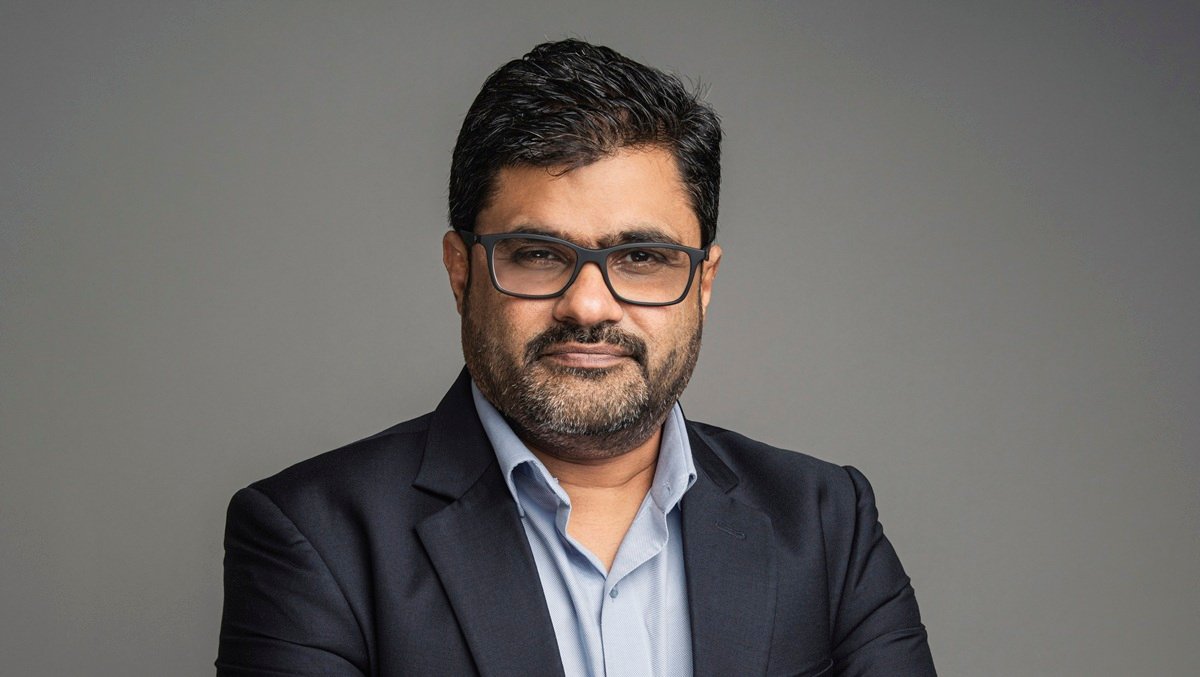
 On a warm evening in Dubai, the rhythmic flow of traffic moves across Sheikh Zayed Road, watched closely by an invisible network of digital eyes. Cameras perched atop traffic lights, embedded into metro stations, and spread across malls silently capture millions of moments every hour. For most passersby, these cameras fade into the urban background. Yet behind them lies a critical question: where does all this video go, and how do cities and enterprises make sense of it in real time?
On a warm evening in Dubai, the rhythmic flow of traffic moves across Sheikh Zayed Road, watched closely by an invisible network of digital eyes. Cameras perched atop traffic lights, embedded into metro stations, and spread across malls silently capture millions of moments every hour. For most passersby, these cameras fade into the urban background. Yet behind them lies a critical question: where does all this video go, and how do cities and enterprises make sense of it in real time?
Video surveillance has evolved far beyond grainy footage stored on dusty tapes or hard drives. In today’s hyperconnected world, storage systems are no longer passive vaults for archiving—they are the beating heart of intelligent surveillance ecosystems. Modern demands require solutions that deliver instant access, infinite scalability, cybersecurity resilience, and the speed to support AI-driven analytics. Without robust storage at the foundation, the promise of smarter, safer cities collapses.

“Storage today has to be dynamic, scalable, and intelligence-ready,” says Louise Bou Rached, Director – Middle East, Turkey, and Africa at Milestone Systems. Milestone, known for its open video management platforms, is seeing how organisations need architectures that can expand without disruption. “As networks of cameras grow, you cannot afford downtime or bottlenecks. Storage must evolve with the environment,” she explains.
Her point becomes clear when one looks at how surveillance is being used. Cities are deploying AI to analyse traffic congestion in real time, airports monitor passenger flows with predictive models, and retailers use video to optimise customer experiences. Each use case demands more than just recording; it requires systems that can retrieve and process footage instantly.

At DDN, which specialises in high-performance storage, the focus is on enabling data to transform into immediate intelligence. Alex Bouzari, CEO and co-founder, puts it succinctly: “We see video surveillance data not just as stored footage, but as a living asset with immense potential to shape safer, smarter communities.” To DDN, every frame is not just evidence to be archived, but a data point that can drive real-time decisions—whether identifying threats in a stadium or optimising emergency responses during peak travel hours.
The move from passive recording to active intelligence is one of the biggest shifts of the past decade. Traditionally, storage systems were designed to hold data securely and cheaply. Now, with AI-enabled analytics running on edge devices and in centralised control rooms, latency is the new bottleneck. Bou Rached points to Milestone’s investments in edge computing: “By processing data where it’s captured, operators get instant alerts instead of waiting for uploads to central servers. This not only reduces latency but also empowers faster interventions.”

Latency, however, is only one part of the equation. Resilience and self-sufficiency are equally crucial, particularly as surveillance networks scale into the tens of thousands of cameras. At Seagate, the push has been toward building hardware that is both AI-ready and self-healing. “Our SkyHawk AI drives are purpose-built for AI-enabled video analytics, supporting up to 64 HD video streams and 32 AI streams simultaneously, with zero frame loss,” says Mohit Pandey, Head of Sales, META at Seagate Technology. He highlights how Seagate’s CORVAULT platform takes resilience further by introducing self-healing capabilities. “In the past, a drive failure could mean downtime or expensive maintenance. With CORVAULT, the system can automatically repair itself, reducing disruptions and costs.”
This self-healing capability reflects a broader truth: the scale of modern surveillance leaves little room for manual intervention. Consider an airport generating petabytes of video monthly. Manually swapping drives or recovering corrupted storage is not only impractical—it can compromise security in critical moments. Automation in storage is no longer a luxury; it’s a necessity.

But as the capabilities of surveillance expand, so too do the risks. Every frame of recorded video potentially carries sensitive information—from biometric identifiers to behavioural patterns. Protecting this treasure trove of data is an escalating challenge. Ilias Tsapsidis, Sales Director for ESET in the Middle East, Greece, Cyprus & Malta, warns that storage cannot be separated from cybersecurity. “We are integrating machine learning and edge computing to ensure fast, efficient threat detection and data processing,” he says. By embedding AI into cybersecurity defences, ESET is enabling organisations to protect both the stored video and the analytics engines that interpret it.
The interplay between storage and security is especially vital in sectors like healthcare and government, where breaches could have dire consequences. A surveillance system designed to keep people safe can become a liability if compromised. As Tsapsidis notes, integrating security directly into storage workflows ensures that data remains trustworthy and actionable.

Meanwhile, capacity remains a moving target. Higher-resolution cameras—4K today, 8K tomorrow—mean that footage consumes more space than ever. Long-term retention requirements, often mandated by regulators, compound the issue. At Western Digital, the strategy has been to combine capacity with compute optimisation. Owais Mohammed, Sales Director for Middle East, Africa, Turkey & Indian Subcontinent, explains: “Our WD Purple Pro drives are optimised with AllFrame technology to reduce frame loss and enable simultaneous recording and analytics at scale.” With capacities reaching 26TB, Western Digital’s storage is designed to handle both continuous recording and the heavy compute loads of AI-driven inference.
The dual challenge of scale and responsiveness is forcing a rethink of how storage architectures are designed. Bouzari of DDN emphasises that traditional approaches no longer suffice. “Our solutions are architected for infinite scale and ultra-low latency, so as volumes and velocities grow, every frame can be transformed into actionable intelligence in real time,” he says.
For the end-user, however, the complexity of these architectures is hidden behind a simple expectation: seamless reliability. A city authority does not want to know about latency figures or self-healing drives; they want to know their system will deliver alerts when needed and keep communities safe. This simplicity of experience, built on layers of sophisticated technology, is what makes modern surveillance possible.
Still, affordability cannot be ignored. As organisations face compliance pressures to store video for longer periods, the cost of storage grows rapidly. Pandey from Seagate highlights how density and hybrid architectures are addressing this. “High-density drives and hybrid cloud approaches are critical to reducing costs while ensuring long-term access,” he says. The hybrid model, blending on-premises storage for high-performance workloads with cloud for long-term archives, offers a way to balance performance and budgets.
The direction is clear: storage is no longer an afterthought. It is the foundation upon which modern video surveillance stands. Without scalable, secure, and intelligent storage, the dream of AI-driven analytics, real-time monitoring, and predictive intelligence would remain unfulfilled.
The industry leaders agree on one point above all: video is being reimagined. From Milestone’s flexible management platforms, to DDN’s AI-first infrastructure, to Seagate’s resilient density, to ESET’s cybersecurity integrations, and Western Digital’s AI-optimised drives—the common message is that storage is not just about keeping data safe. It is about unlocking its intelligence.
As cameras continue to multiply and AI pushes the boundaries of what’s possible, storage will quietly remain the unsung hero—transforming terabytes of raw video into insights that keep cities flowing, businesses secure, and communities safer.